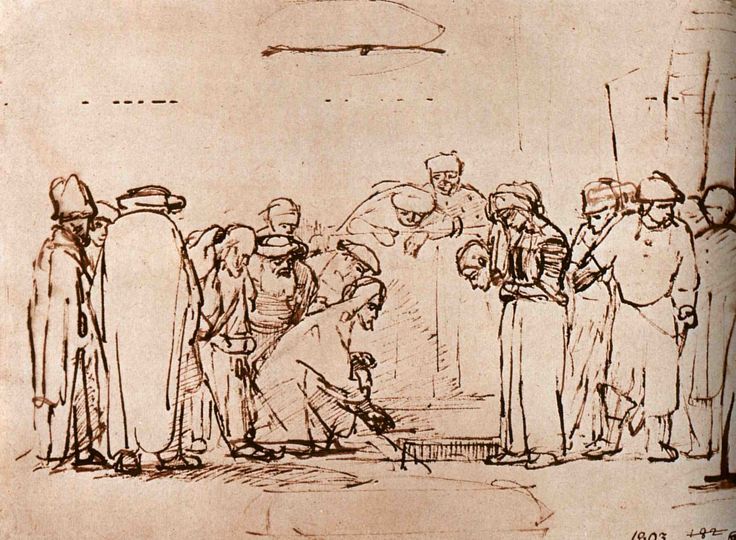Polly Toynbee is a journalist of decent convictions and sometimes poor judgement. Yesterday she published an article in the Guardian, in the wake of the Pope’s visit and the row over anti- Jewish sentiment in the Labour Party. Her main point was that we should, as wise human beings, do away with religion, because all round the world religion is the cause of prejudice and violence. Yes, it’s true that in situations of violence we often find religious people. But it’s also true that in places of violence we often find people who drink water, wear shoes, have sex. Should we therefore deduce that water, shoes and sex are causes of violence? When we know that 80% of human beings call themselves religious, the mere concurrence of religion and violence may not be as significant as Polly thinks.
Of course there are occasions when religious identity contributes to violence, as in Pakistan, or Northern Ireland, or Myanmar. But given that in the case of Ireland the two religions are both Christian, it’s reasonable to ask if the religion produces the violence or is used by violent people to gain support. Still, it’s hard to deny that fundamentalist people of all faiths, who are certain their own beliefs are the only right ones, contribute to prejudice, social tensions and violence, alongside other factors. At the same time, we should recognise the immense amount of good done by religious people. The destitute and hungry people of Dundee can find a free meal at least twice a day, seven days a week, in this city; and all of these meals are provided by religious people, including Sikhs and Muslems as well as Christians. Most successful youth organisations in Scotland are connected to churches. These facts do not excuse the blind prejudice of some religious people, but they are less frequently publicised than the prejudices.
Religions are causes of prejudice inasmuch as they offer a specific recipe for salvation or enlightenment: those committed to their way will be saved or enlightened, while others will be left in damnation or ignorance. In those religious communities there is something scarce (salvation, enlightenment) which only some can get, and the true religion tells you how to get it. Clearly that sort of religion provides a training in prejudice.
At this point, perhaps we can again reclaim Jesus, who saw the capacity of his own religion, as represented by its Pharisees, for arrogance and prejudice, and denounced it savagely. His gospel, his good news, was that there was no right way of gaining God’s love, because God freely gave it to all. In a way this gospel is almost anti- religious in that at one stroke it abolishes the power of religion to control the supply of salvation, or enlightenment. St. Paul’s bitter arguments against Jewish legal customs show that he grasped the appalling nature of God’s love, as Jesus had taught and demonstrated it. My guess is that Jesus did not intend to found a religion, but hoped that his fellow Jews could recognise the free love to which their religion at its best, had pointed, trust in it, and share it practically with each other and their neighbouring gentiles. It was his religion’s response, the murderous rejection of him by those who knew they were right, that determined the emergence of separate communities of people who trusted in Jesus.
The history of Chritianity is the story of how the radical communities establshed by Paul and others in the name of Jesus became a religion with priests and temples. As soon as a community imagines itself to be the gate-keeper of God’s approval, it becomes a religion, with all the dangers of prejudice and violence towards those who are outside it – the kind of thing that gets a good scolding from Polly. But if we were to reclaim the scandalously open love of God announced by Jesus, along with the profound compassion taught by the Buddha, the noble fellowship initiated by Guru Nanak, the justice of Allah written down by Mohammed (may all their names be blessed!) we might persuade Polly and other critics that faith communities need be neither religious nor violent, while contributing to the good of humanity.
Of course if we trust in the God of Jesus we have to admit that he will not intervene, except through his creatures, to protect us from suffering. But that’s the theme for another blog.


 As the controversy over Boris Johnson’s jokes about burqas continues, I would like readers to look at passage from Matthew’s Gospel chapter 23:
As the controversy over Boris Johnson’s jokes about burqas continues, I would like readers to look at passage from Matthew’s Gospel chapter 23:



